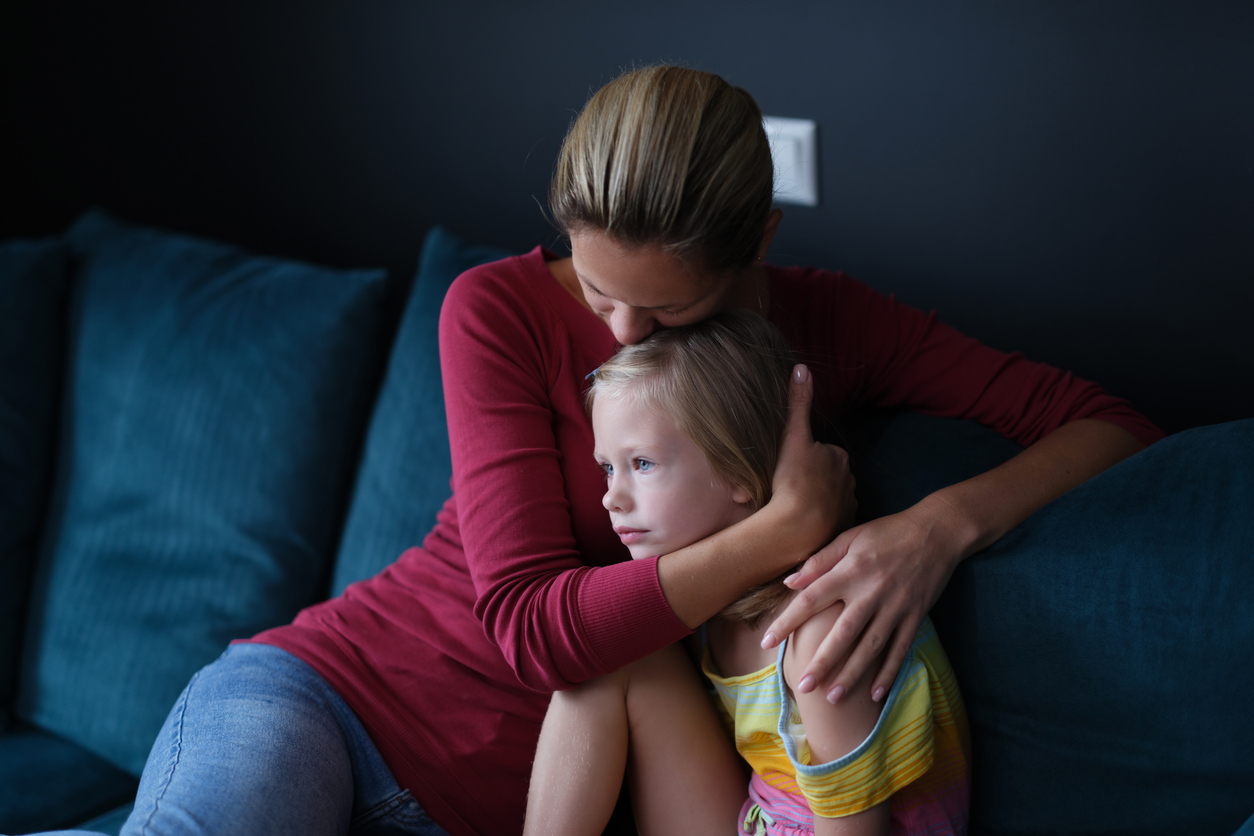How to talk to children about death.
Death is a very complex and difficult concept to deal with, which may be due to a variety of reasons. It is a taboo subject, a mystery that generates fear, and of which we only understand our grief when a loved one dies, without being certain of what happens afterwards. This pain and fear may influence the way we talk, or avoid talking, about death with our children, in an attempt to protect them from suffering. However, death is an inevitable part of life and needs to be explained to children. Children’s curiosity often confronts us with questions to which we do not always have clear answers, which makes it difficult to address the subject adequately.
Talking about death with children is crucial to reduce the confusion and distress they may experience when faced with the loss of a loved one or a terminal illness in the family. This dialogue promotes understanding and the expression of fears and emotions in a more functional and healthy way.
Why should you talk about death with your children?
Children’s nature:
-
- Children create theories about birth and death without explicit information.
- Children’s fantasies can be more distressing than reality.
Importance of communication:
-
- Do not leave the child alone with their fantasies.
- Answer their questions honestly and in an age-appropriate manner.
- Explain the physical cause of death to avoid distressing theories.
- Reassure them that they were not to blame for the death.
How can we talk to children about death?
It is crucial to adapt to the age, cognitive and emotional capacity of the child, as the understanding and impact of the concept of death varies according to age. The aim should be for them to understand that death is final, irreversible and universal. However, this understanding may be difficult before the age of 5.
Reactions according to age:
0 to 2 years:
- They do not understand death.
- They feel the absence of people who care for them.
- They perceive the emotions that these losses generate in adults.
- They may have tantrums, regress to previous stages, cry, etc.
At this stage, it is important to continue to provide the necessary affection for the child and to maintain routines to transmit security and calm. You can explain the loss in a soft and calm tone if the child asks about our sadness.
3 to 6 years old:
- They see death as temporary and reversible.
- They may believe it is contagious or feel responsible.
- They may deny the reality, which does not mean that they have not understood it.
It is beneficial to use clear, concise and real language to help them understand that death is irreversible, being open to answering their questions.
6 to 10 years:
- They have greater awareness and understanding of death.
- Frequent fears of death of self and family members.
- May experience feelings of guilt.
- Curious about rituals and what happens after death.
At this age, they already understand the implications of death. It is helpful to allow them to participate in funeral rituals and to answer their questions honestly, providing ongoing emotional support.
10-13 years:
- They fully understand death and its impact.
- They may show emotional blockage and irritability.
- They have difficulty talking about their feelings and thoughts.
It is important to show calmness and confidence, share our emotions and facilitate emotional expression. Adults should act as role models for emotional management and, if necessary, seek professional help. It is also positive that they participate in rituals to say goodbye to the deceased.
General guidelines for talking about death with children:
- Convey calm and reassurance.
- Provide coherent and realistic answers about the death, avoiding confusing phrases such as “he has gone on a journey” or “he has gone to sleep forever”.
- Adjust language and explanations to the child’s age and ability to understand.
- Reassure them that they are not responsible for the death.
- Allow and respond to their doubts in a clear and calm manner.
- Practice active listening and encourage emotional expression.
- Show our own emotions and how we manage them.
- Show affection and care at all times.
- Encourage activities that allow emotional expression (drawings, letters, etc.) and remember the deceased person.
Use of children’s books
The use of specialised children’s books can be a valuable tool in addressing the subject of death with children. These books are designed to explain complex concepts in a way that children can understand, using stories and characters they can relate to. Including the reading of these books as part of the conversation can facilitate understanding and dialogue, making the process more accessible and less frightening for children.
Maite Arboledas Cabeza (Psychologist)

